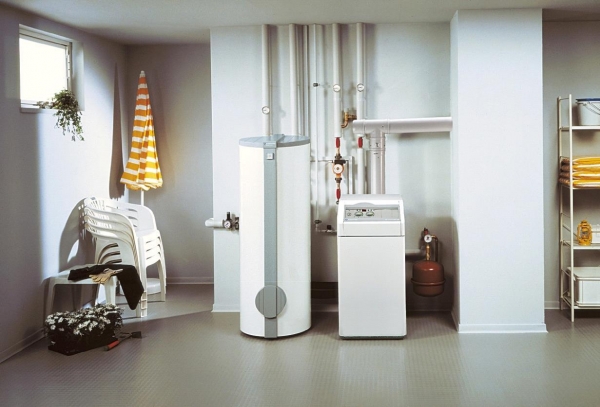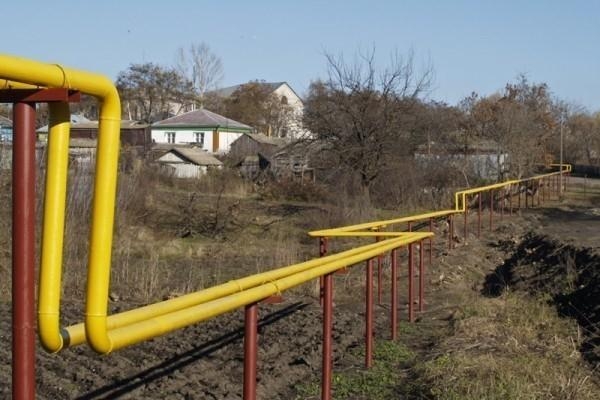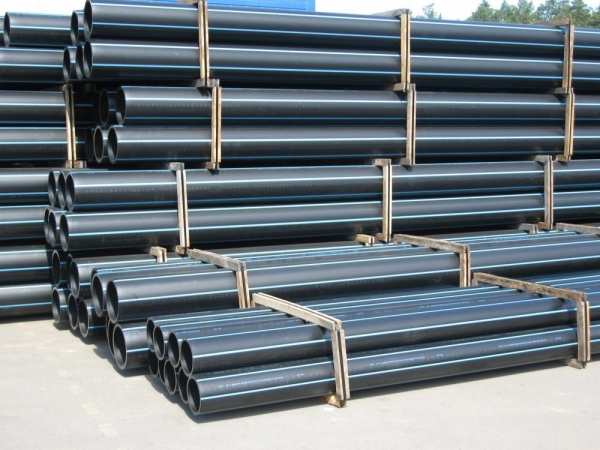
The construction of a country house consists of several stages, starting from design and ending with the improvement of the plot. The gasification needs special attention not only because of comfort of future housing, but also for security reasons. If you previously gaseous feed was used exclusively steel pipe, now the competition they can be plastic or copper. What to prefer? Try to understand.

The choice of pipes for the gasification of a countryside house
What are the requirements for gas pipe
The main requirements for the transportation of gas are, of course, security and integrity of the butt. The basic rules of strip set forth in SNiP 42-01-2002. The document allows for application to such purposes pipe made of steel, copper or polyethylene. For steel pipes laid a requirement on chemical composition: the material must contain no more than 0.046 % phosphorus, 0,056 % sulfur and 0.25 % carbon.
Russia occupies one of leading places in terms of construction and number of pipelines.
Features of steel pipes
For gas supply allowed the use of seamless or welded tubes and pipes of steel. Seamless can be cold – or hot-formed, welded and have straight or spiral seam. The use of specific steel grades and diameter of tubes depending on their location (inside or outside of buildings, above or under water or ground) and climatic and seismic characteristics of the territory in the work place.
Advantages and disadvantages of steel pipes
Steel pipe remains quite popular and in demand for gas supply of country houses. They are distinguished by reliability and durability, ability to withstand high pressure and ensure a good tightness when docking, a small value of linear expansion.
At the same time it should be noted their shortcomings:
- susceptibility to corrosion;
- a large mass;
- high thermal conductivity and, as a consequence, the possibility of condensation;
- the complex process of installation;
- the lack of flexibility.

Conducting gas through steel pipes
What documents guide the application of steel pipes
During the laying of pipelines from steel, you must use the following documents:
- basic rules for application of pipes are regulated by SP 42-102-2004;
- the chemical composition of steel and its brands shall conform to GOST 380-94, 1050-88, 4543-71, 9045-93, and 14637-89 19281-89;
- the geometrical parameters laid down in the Standards 10704-91, 10706-76, 8731-74, 8732-78, 8733-74, 8734-75.
Gas pipelines are laid not only under or over the land, but under water.
Features of polyethylene pipes
Polyethylene low and high density polyethylene are radically different from each other properties and manufacturing technology. The first is characterized by a higher hardness, strength and melting point, and low level of water absorption and water vapor permeability. These qualities allow it to be used for gasification.

Polyethylene pipes for gas supply
Advantages and disadvantages of polyethylene pipes
Polyethylene pipes have a range of useful qualities that have made possible their use for gas supply. They are resistant to corrosion and capable of withstanding high pressure. The pipes are lightweight and their installation is faster than steel. It should also be noted nonsusceptibility polyethylene corrosion and a service life of at least 50 years.
From disadvantages it is necessary to provide a high coefficient of linear expansion lower than steel and mechanical stability, the failure to confront long-UV radiation and temperature limitations (polyethylene cannot be used at temperatures below -25°C).
Documents regulating the use of polyethylene pipes
To prevent errors when using pipes made of polyethylene, should be guided by SP 42-103-2003, which sets out the basic rules. Geometric dimensions and mechanical properties of products are regulated by GOST R 50838-95.
Features of pipes made of copper
Copper elements are used for installation of pipelines recently. For this purpose, allowed to use cold-rolled or drawn tubes. They have to meet some specific requirements. So, they must have the increased strength, the minimum wall thickness of 1 mm, contain not more than 0.04 % phosphorus not less than 99.9% copper.
Copper pipe for gas supply
Advantages and disadvantages of pipes made of copper
The advantages of copper pipe include:
- good plasticity, allowing to lay a complex line;
- long life up to 100 years;
- the ability to withstand high mechanical loads and exposure to chemically aggressive substances;
- simple mounting technology.
While copper has high conductivity, so in the pipes, condensation may form. Such products are less durable than steel, have a greater coefficient of linear expansion and cost much more.
The documents regulating the use of copper pipes
The use of copper pipes is the same document that steel — SP 42-102-2004. Requirements on the chemical composition of the material and its brands are represented in GOST 859-78. The geometrical parameters of the pipes and their mechanical properties laid down in GOST 617-90.
Insights
Due to its specific properties and some characteristics of each of these types of pipes has its own scope. So, from polyethylene for gas supply can be used only under the ground. Copper pipes are only suitable for indoor installation. Steel products are considered the most versatile and can be used anywhere. In some cases they are the only option (for example, for gas inlet to the house). The final decision on the application of a particular material is better to take into account the views of specialist gas service.